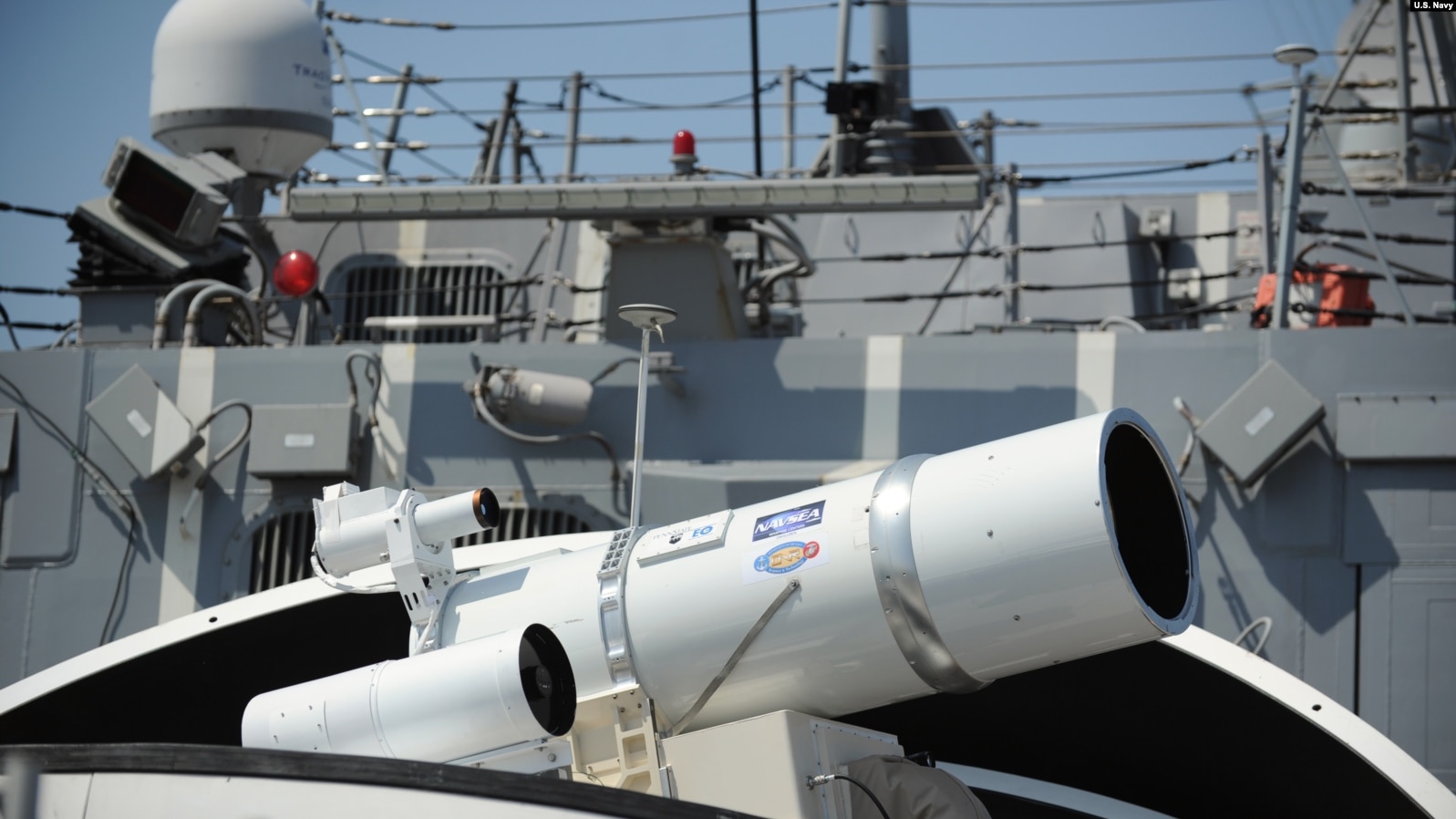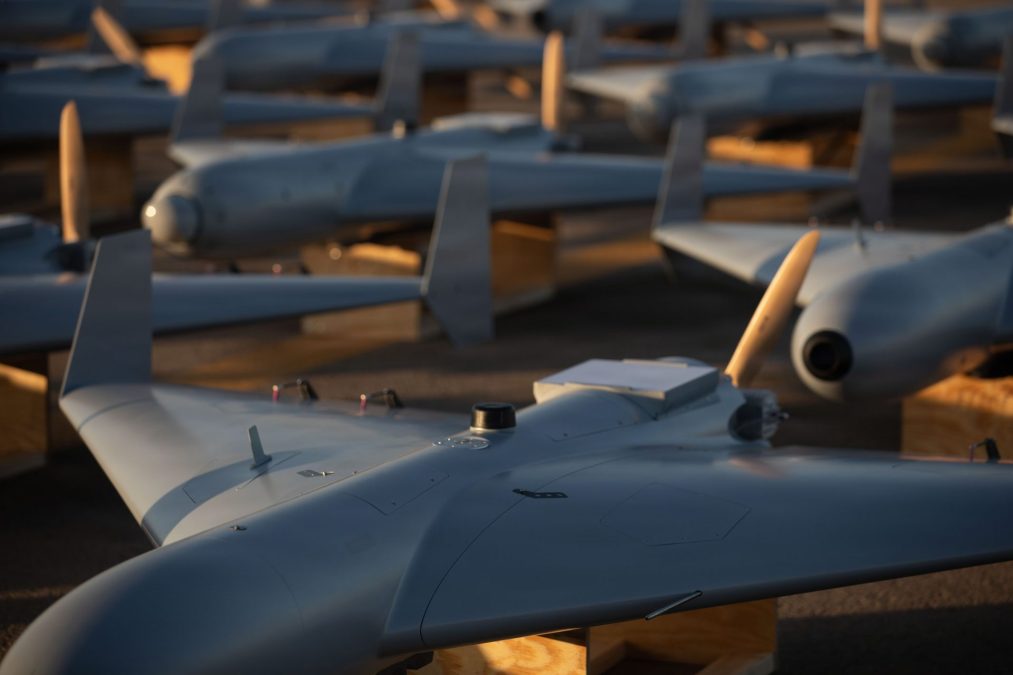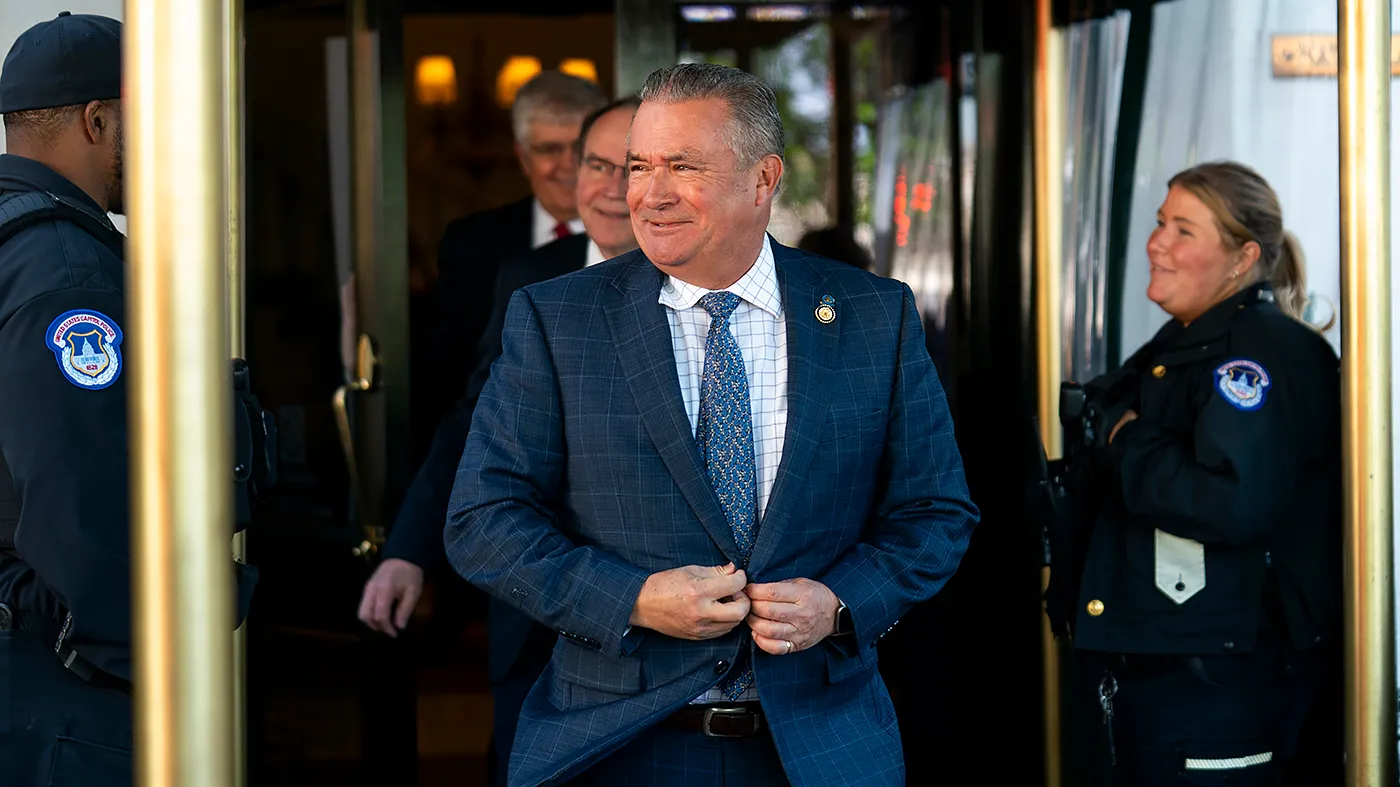The troubling trend of U.S. Navy ships seeing less sailing time due to maintenance delays and rising costs comes as the U.S. struggles to keep pace with China’s growing naval fleet.
According to a report by the Government Accountability Office (GAO), operating and support costs for the 10 ship classes increased by approximately $2.5 billion over the 10-year period ending in 2021, while the number of sailing hours for ships to operate or train by dropped.
During this period, there has been an increase in maintenance delays, breakdowns and misappropriated parts for U.S. Navy ships.
The analysis showed that “continuing challenges with maintenance have worsened,” compounded by maintenance delays and delays cited in a previous GAO report. The Government Accountability Office is a congressional agency that audits federal programs.
“Over time, this situation has led to a deterioration in the condition of the ship and increased costs to repair and maintain the ship,” the Government Accountability Office said.
A spokesman for the Navy’s surface fleet said the Navy appreciates the Government Accountability Office’s recommendations to improve maintenance completion times. Spokesman Lt. Col. Arlo Abrahamson said the Navy’s goal is to have 75 mission-capable ships of the 164 ships assigned to the surface fleet — a figure that does not include aircraft carriers, sealift ships or submarines.
“With 75 mission-capable ships, this imperative drives every program and action we take, and across our force, our drive is to pull together to get there,” said Naval Surface Forces Adm. Lt. Adm. Roy Kitchener said this month at an event for the Surface Naval Association.
The GAO report said Wasp-class amphibious assault ships and littoral combat ships experienced the highest number of serious “casualty reports” that impede the warship’s ability to fight effectively. The San Antonio-class amphibious transport dock and Arleigh Burke-class destroyers experienced the greatest maintenance delays, the report said.
The maintenance delays and other issues are troubling as the U.S. Navy is struggling not only to catch up to China, which already has a larger fleet, but also to face other maritime adversaries, including Russia.
However, Diana Maurer, director of defense capabilities and management at the Government Accountability Office, said Navy leadership understands the problems and is focused on improving. “It’s encouraging that it’s no longer business as usual for the Navy,” she said.
The report, released on Wednesday (Feb. 1), focuses on surface ships and not on the submarine fleet. The next report will likely be expanded to include both surface and subsea ships.
Voachinese
Tags: United States Navy




